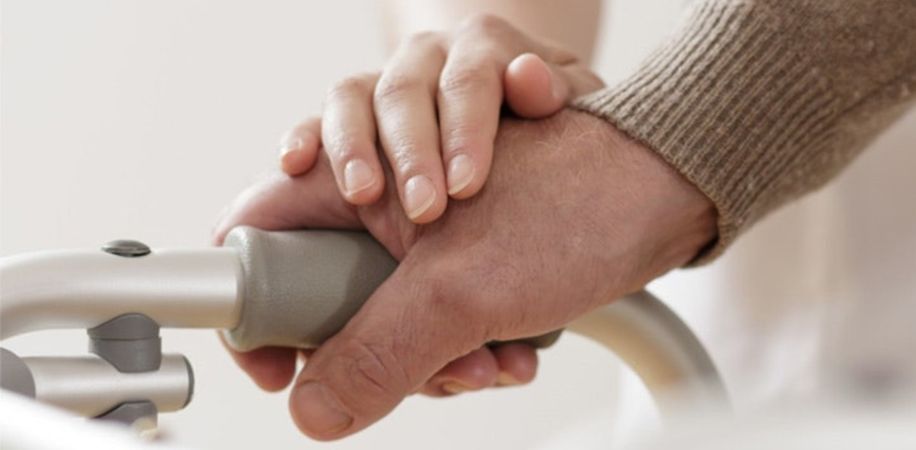Hard Surfaces and Stairs
In keeping with the melted ice cube on the tiled floor scenario, perhaps it is best to start with those hard surfaces that are a breeze to keep clean yet make a terrible fall hazard. To reduce this risk, pick up toys that are not being used, clean up spills immediately, and check for loose rugs that either move around easily or have lifted edges that can cause someone to trip. Then, purchase non-slip socks that offer added traction for either the whole family on days when they are home lounging or patients when they are walking on the floor without shoes.Also, when mobility or dizziness is a concern, consider purchasing a walking cane, walker, or manual wheelchair. Any of these items are available in models that may be folded up to store when not in use. It is important for people facing such challenges to have access to extra support as they move around the home or clinic.
The Bathroom
In addition to the above tips for protecting loved ones from falling on the hard flooring, there are numerous tools available to prevent falls in the bathroom. Many accidents happen in this room of the home or clinic due to the increased potential for wet slippery areas and the large volume of hard surfaces within close proximity that result in a higher risk for head injuries and broken bones. Grab bars, bath mats, padded toilet seats, handheld showerheads, and shower steps make the bathroom safer for children and adults alike when coupled with the non-slip socks. For those in need of some added support, try shower chairs, transfer benches, safety belts, and toilet or bath railings.The Bedroom
You may not think of falls in the bedroom if you have padded carpet flooring. However, although bedrooms can be a comfortable place for resting easy, they can also provide a danger for fall risks in three ways. First, children and those with certain medical diagnoses can have an increased risk of rolling out of bed in their sleep. Bed railings can be a quick solution during that transitional stage for children going from the crib to a bed or for anyone who is considered at risk of falling out of bed. These railings come in a wide array of lengths and heights and some include an organizer shield for convenient storage while preventing entrapment.Second, falls can occur when transitioning from a lying down or seated position to a standing position and vice versa for those with dizziness, stiff muscles, or achy muscles. Grab rails, standing rails, and pivoting bed railings are useful tools to assist with this transition allowing the individual to have more control over the speed of the transition as well as providing support in event of a fall. Also, bed canes can offer some support in a more portable form.
The third hazard in a bedroom involves those with more severe mobility concerns who may need to use the bathroom during the night. Avoid hard falls while groggy and accidents when trying to find mobility devices in time by placing a bedside commode next to the bed. This item has many accessories that make clean up easy and it preserves the individual's dignity in addition to preventing falls.
The Patio and Garden
Thoughts of uneven flooring with pavers, cracks in the cement and pavement, wooded areas, and loose gravel is oftentimes enough for many with mobility concerns to remain indoors. Luckily, with mobility equipment like scooters, power and manual wheelchairs, walkers and rollators, and walking canes, the outdoors can once again be explored safely without a high risk of falling.Therefore, when you are looking for ways to keep yourself, your patients, or your loved ones safe from falls around the clinic or home, there many tools and accessories available that will help you feel safe and sleep more soundly with peace-of-mind.

